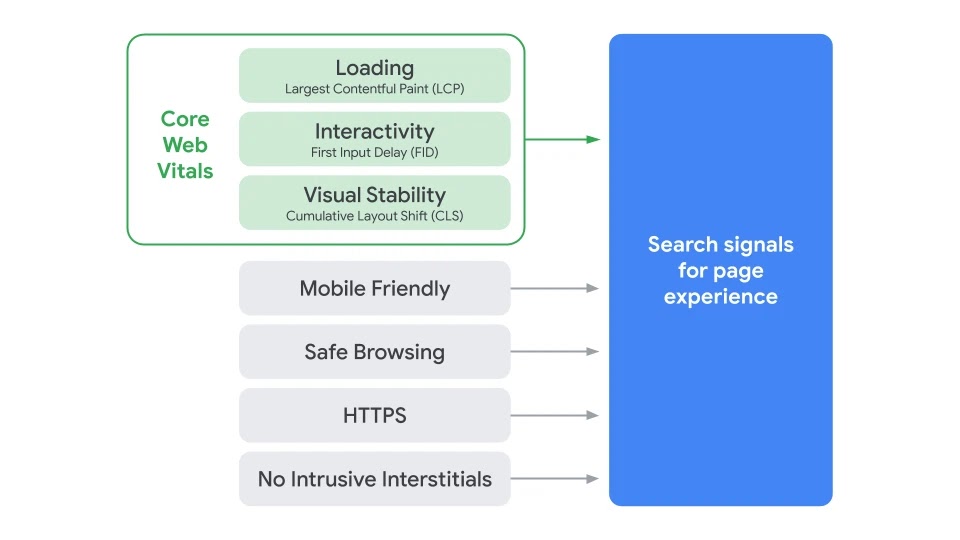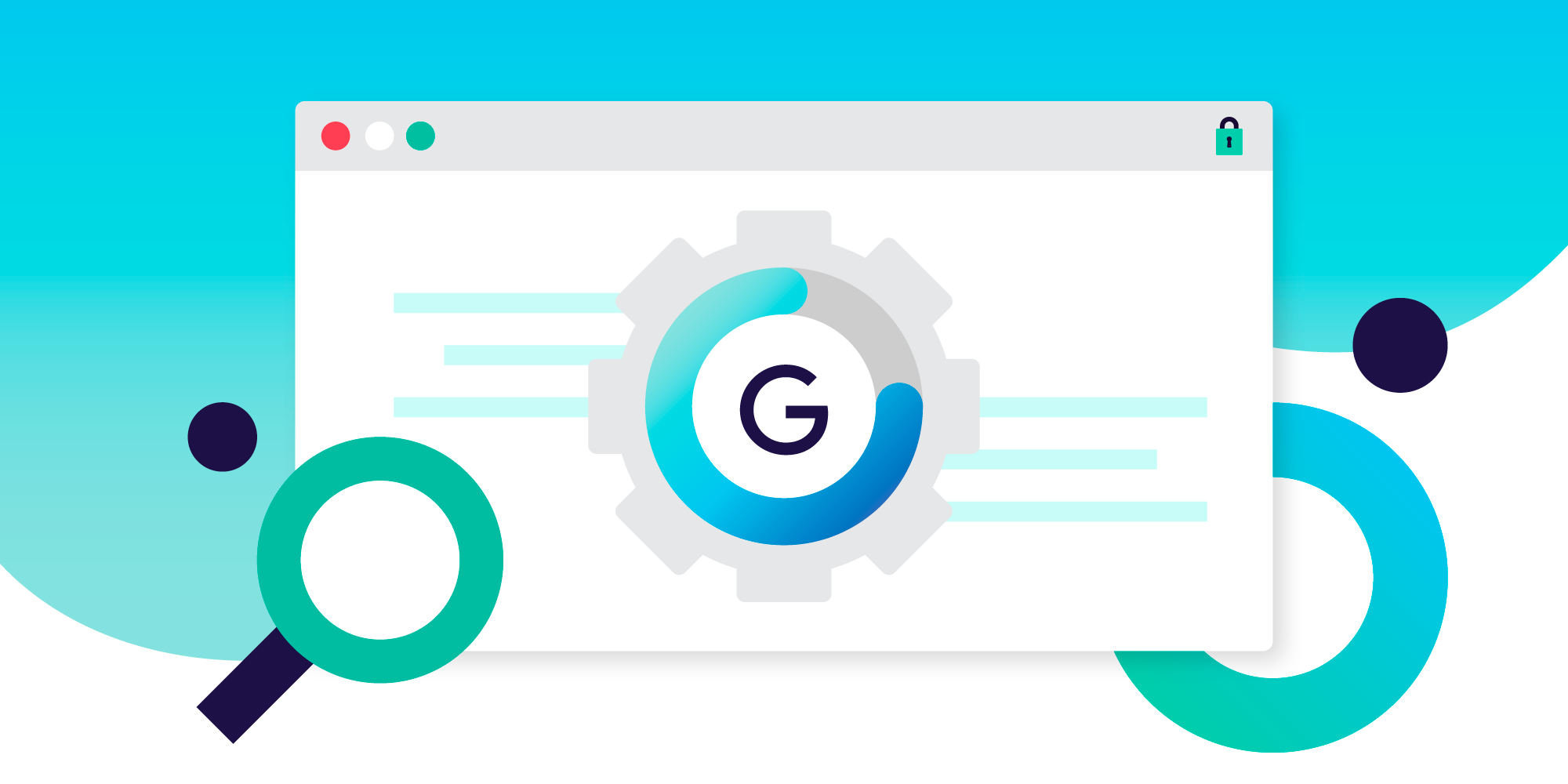Google recently announced an update to their search ranking algorithm effectively named Page Experience update. This is a significant update because it levels the playing field with Google’s controversial AMP project and gives website owners opportunities to significantly increase their website’s performance in user experience, SEO and conversions.
What’s up with AMP?
Over the years, Motto has received many requests for implementing AMP pages. So much so, we made it a standard product. However, this was never something we directly recommended. It indeed allowed pages to stand out in Google’s SERP, but it wasn’t without its issues.
Why Use AMP in the First Place
The AMP project at its core had a good goal in mind, which was to force websites to serve versions of themselves that are highly optimized for a world that was accessing sites more and more from mobile devices with not-so-great internet connections. This was especially helpful for poorer or rural countries that may still have 3G connections and devices that are a few generations behind. These people deserve a good web experience too. That’s the altruistic reason.
The other reason that probably piqued more website owners’ attention was the fact that AMP sites received a priority position in Google’s search results. So then what’s the issue?
AMP’s Problems:
- Users often don’t visit your actual site from a SERP. They are instead on a duplicated (cached) version on Google’s server.
- This meant Google capitalized off your content by keeping them on their platform- not yours.
- This is a very strong move from Google in terms of monopolizing data that has some ethical anti-trust concerns.
- You have very limited ability to do things on an AMP page and therefore, conversion rates are often lower.
- It created a lot of technical issues with the other features of the site apart from the content, such as analytics and logins.
But is AMP really so necessary? Can we not serve regular pages with good optimization and practices by default ourselves? The answer is: yes. This is why we’ve generally pushed our customers towards our Pagespeed and Console packages that aim to deliver this.
And now Google has seen the light as well. With Google’s Page Experience update, we can effectively be placed alongside AMP pages directly from your own website by ensuring it meets top-of-the-line page experience metrics.
Google’s Page Experience Update
What is it?
This new ranking algorithm will include what is being called “Core Web Vitals”. These are user experience metrics that lead to a smooth and optimal visit to your web page. It will allow your site to show up directly alongside AMP pages such as in the preferential news carousel area.
What exactly are these metrics?
Google has been very explicit about these performance metrics. They break down into 5 categories. As you’ll see, most of these are already standard practice at Motto:
- Mobile Friendly
- Any site developed at Motto is by default perfectly responsive and optimized for mobile.
- Safe-browsing
- Our security package ensures your site hasn’t been compromised.
- HTTPS
- All of our sites have HTTPS forced and it’s always included for free.
- No intrusive interstitials
- This is a tough one because our customers (especially the ones from the marketing department) often ask for them. We of course oblige, but always make a point of highlighting the poor user experience this may cause and therefore the potential of penalization from Google. This has been our recommendation for years but hopefully, it will now become more acceptable with this Page Experience update.
- Core Web Vitals
- This is covered by our Google Friendly Package which emphasizes a passing Pagespeed score and a clean Search Console. This one is a bit more complicated, let’s go into detail.
Core Web Vitals
This is a fancy phrase, but in essence, it just means the factors that allow for an easy, smooth, good page experience from your website visitor. They mostly pertain to how fast and how well the visual page loads:
- Largest Contentful Paint (LCP): Measures loading performance. To provide a good user experience, sites should strive to have LCP occur within the first 2.5 seconds of the page starting to load.
- First Input Delay (FID): Measures interactivity. To provide a good user experience, sites should strive to have an FID of less than 100 milliseconds.
- Cumulative Layout Shift (CLS): Measures visual stability. To provide a good user experience, sites should strive to have a CLS score of less than 0.1.

It’s important to note that this isn’t only about speed. The quality of how the page renders is a huge component. Two different web pages can both load in exactly 2.5 seconds, but one can be perceived much faster by the user and have fewer usability issues like shifting content.
Google and other sites provide tools like Pagespeed Insights to enlighten you on what’s bogging down your site. In a nutshell, these Core Web Vitals heavily correlate with your Pagespeed score, which is why we’ve been offering this package for a long time. It highly impacts user experience, conversion rates, and search engine rankings. That’s a lot of birds killed with one stone.
The problem is that the feedback given by Pagespeed Insights is very generic and doesn’t give clear fixes without already having a lot of technical knowledge. There are a lot of plugins and services out there that promise to raise your Pagespeed score, but oftentimes these simply address the most common issues only – mostly caching techniques and strategic asset loading. In fact, the most effective way to raise your score is more akin to delicate surgery than to the one-size-fits-all hammer approach.
We carefully analyze your scores and find out exactly what’s bringing them down, addressing them from the most impactful to least. And since websites are ever-changing entities, publishing articles and constant updates, we recheck every month to maintain your scores if need be.
How It Effects Your WordPress Site
What does this mean for your WordPress site? 3 main things:
1. Less Maintenance
Previously, to implement AMP pages you would need a whole separate theme to be implemented with the restrictive policies of the AMP spec. However, this means maintaining basically two separate sites for your content. Plugins and specialty themes could get the job done, but your branding and general user experience usually suffered.
By simply optimizing your site to adhere to the core web vitals from the Page Experience update, you can simply maintain one extremely well-performing site that everyone- users and search engines alike- will enjoy.
2. Better User Experience
It offers a good guideline and grading system to increase the user experience of your WordPress site. With better usability comes more conversions, more returning visitors, and better SEO.
Summary
In short, this is a great new search update from Google. It allows website owners to:
- Get all the advantages of AMP without the downsides
- Have a good guideline for increasing website performance
- Offer better web page experience to their users which translates into more conversions
